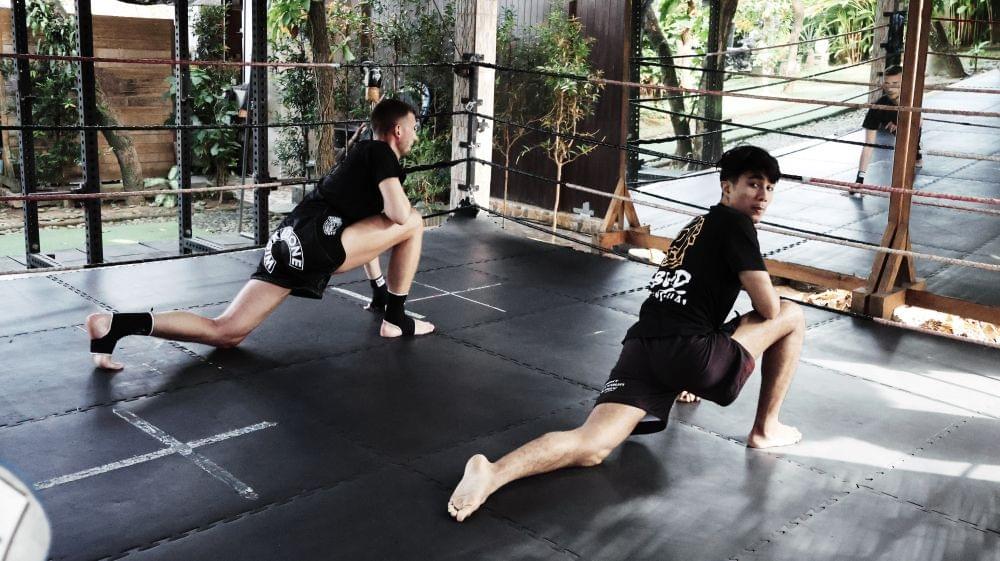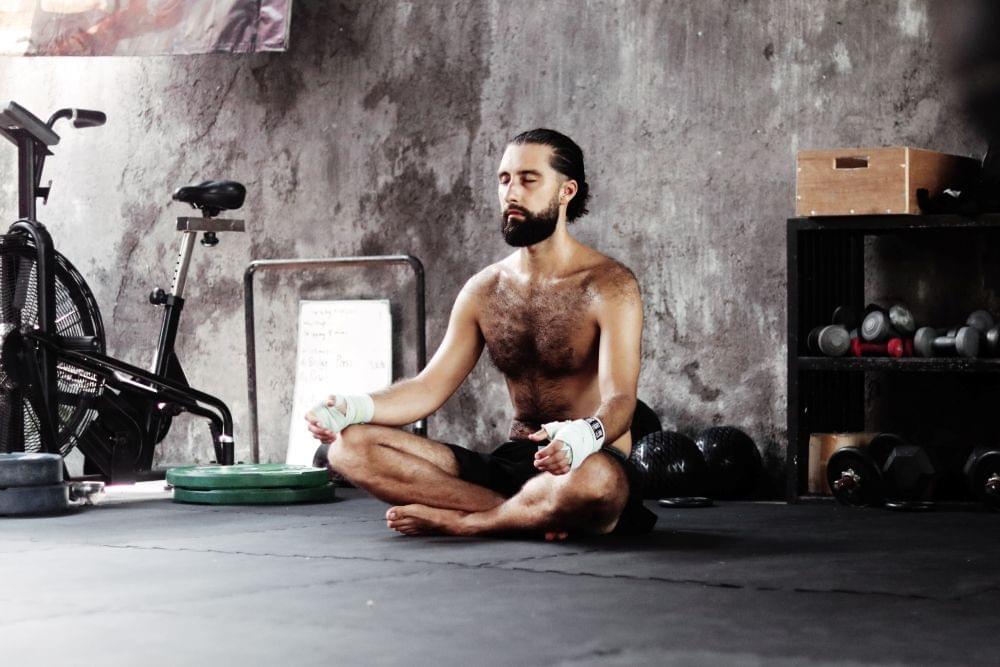Every fighter knows that getting hit is part of the game. The real question is: can your body handle it? Learning how to take a punch is about more than just toughness; it’s about building the right physical and mental conditioning to absorb strikes without breaking down. With the right training, you can toughen your body to reduce damage, stay composed, and keep fighting strong.
Importance of Body Conditioning in Fighting
Body conditioning is what separates fighters who crumble after a hard shot from those who shake it off and press forward. When your muscles, core, and nervous system are trained to withstand impact, your chances of staying calm and collected under fire increase dramatically.
Conditioning also strengthens mental resilience; knowing you can handle a strike helps you stay confident in the ring. Without proper preparation, even a clean punch to the body can drain your energy and take away your will to fight.
Core and Abdominal Training for Impact Resistance
1. Plank Variations
Planks are one of the best exercises to build overall core strength and stability. A strong core acts like a shield, helping you absorb punches without losing balance or posture. Variations such as side planks or plank shoulder taps challenge different parts of your core, making your body more resilient to strikes from multiple angles.
How to do it:
- Get into a push-up position with your elbows directly under your shoulders.
- Keep your body straight from head to toe, tightening your core.
- Hold the position for 30–60 seconds without letting your hips sag.
- Progress to side planks or plank shoulder taps for added resistance.
2. Medicine Ball Stomach Drops
This drill directly conditions your abs to withstand sudden impact, simulating the shock of body shots. By bracing against the medicine ball, your muscles learn to tighten at the right moment, reducing the sting of punches during sparring or fights.
How to do it:
- Lie flat on your back with knees bent and core engaged.
- Have a partner hold a medicine ball above your stomach.
- As you exhale and tighten your core, your partner drops the ball lightly onto your abs.
- Catch the ball, reset, and repeat for 10–15 drops per set.
3. Russian Twists
Rotational strength is just as important as front-core stability, especially for absorbing punches to the side or body hooks. Russian twists strengthen your obliques, giving you more resilience against shots that target your ribs.
How to do it:
- Sit on the floor with your knees bent and feet slightly lifted.
- Hold a medicine ball or dumbbell close to your chest.
- Rotate your torso to the left, then to the right, keeping your core tight.
- Complete 12–20 twists per set while maintaining control.
4. Standing Cable or Band Rotations
This exercise builds functional core strength that translates directly into fighting. By resisting and controlling rotational force, you improve both your punching power and your ability to absorb impact to the body.
How to do it:
- Anchor a resistance band or set a cable machine at chest height.
- Stand with your feet shoulder-width apart, holding the band with both hands.
- Rotate your torso away from the anchor point, engaging your core.
- Slowly return to the starting position and repeat for 10–12 reps on each side.
5. Mayweather Sit Ups
Popularized by Floyd Mayweather, this exercise adds a twist to traditional sit-ups by including punches at the top. It conditions your abs while also training you to engage your core when throwing punches, making it highly functional for fighters.
How to do it:
- Lie on your back with knees bent and feet secured under a partner or heavy object.
- Perform a sit-up, keeping your core tight throughout.
- At the top, throw 2–3 light punches before lowering back down.
- Repeat for 12–15 reps per set, focusing on explosive movement.
6. Weighted Crunches
Adding resistance to crunches increases the intensity and builds stronger abs that can better withstand impact. This makes your midsection tougher and more resistant to body shots during sparring or competition.
How to do it:
- Lie flat on your back with knees bent.
- Hold a weight plate or dumbbell against your chest.
- Perform a crunch by lifting your upper body off the ground.
- Slowly lower back down and repeat for 12–15 reps.
7. Full Leg Raises
Leg raises strengthen the lower abs, which are often the target of body shots and kicks. Developing this area helps create a complete protective wall across your midsection.
How to do it:
- Lie flat on your back with your legs extended.
- Place your hands under your lower back or grip a stable object for support.
- Keeping your legs straight, raise them upward until they form a 90-degree angle.
- Slowly lower them back down without letting them touch the floor. Repeat for 10–15 reps.
Recovery Tips After Body Conditioning Work
Conditioning your body to take punches is intense work, and without proper recovery, you risk injury or burnout. Smart recovery not only repairs the muscles that absorb impact but also strengthens your body for the next session.
Cold Therapy for Inflammation
Heavy impact can leave your muscles and core sore. Cold therapy, like ice baths, cold showers, or even applying an ice pack, helps reduce inflammation and speed up recovery. Many fighters use an ice bath immediately after tough conditioning sessions to minimize swelling and soreness.
Active Recovery and Stretching
Skipping movement after hard training is a mistake. Gentle stretching, yoga, or low-intensity activities like walking or cycling increase blood flow, which helps clear out waste products from the muscles. Focusing on mobility in the hips, lower back, and core keeps your body loose and ready for the next session.

Breathing and Relaxation
Impact training can stress not only your muscles but also your nervous system. Deep breathing exercises or meditation help calm your body and mind after conditioning. Controlled breathing also improves oxygen delivery to your muscles, speeding up recovery.
Listen to Your Body
Lastly, know the difference between normal soreness and pain that signals injury. Conditioning should push your limits, but sharp or lingering pain means you need more rest. Paying attention to your body ensures you stay consistent without setbacks.
Learning how to take a punch isn’t about being reckless; it’s about smart conditioning that prepares your body and mind for real combat. By strengthening your core, practicing with partner drills, and prioritizing recovery, you’ll build the resilience every fighter needs to stay sharp under pressure.

At Ubud Muay Thai, our expert trainers integrate body conditioning drills into daily sessions to prepare fighters for both offense and defense. If you’re in Ubud, Bali, and want to toughen up while learning authentic Muay Thai and boxing skills, come train with us and discover just how strong your body can become.

